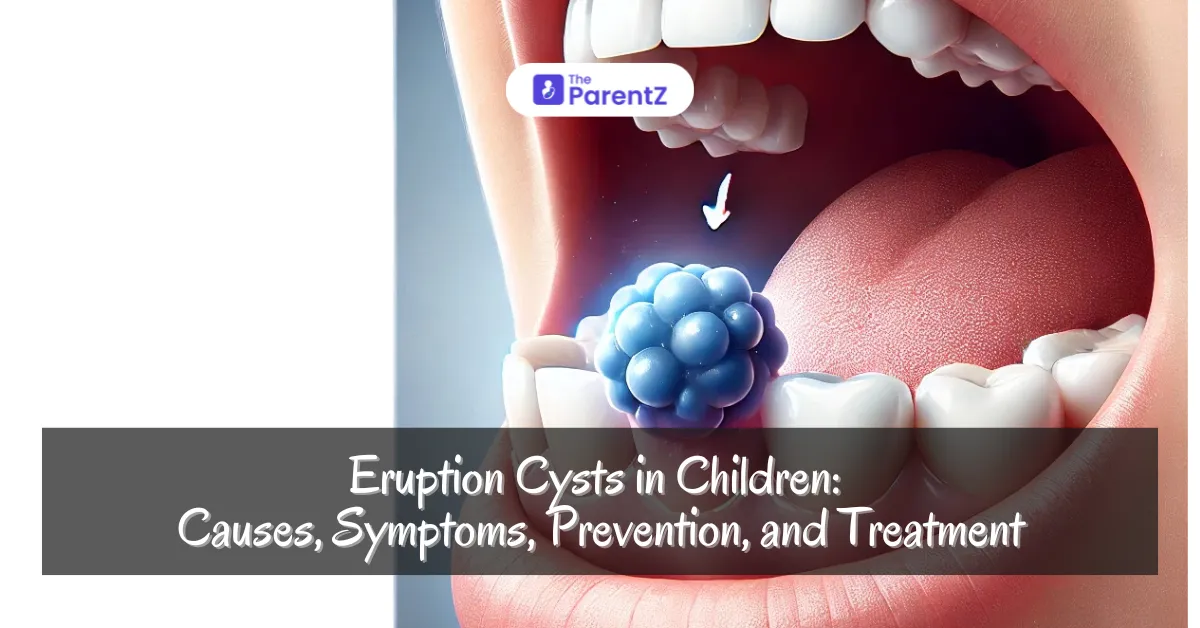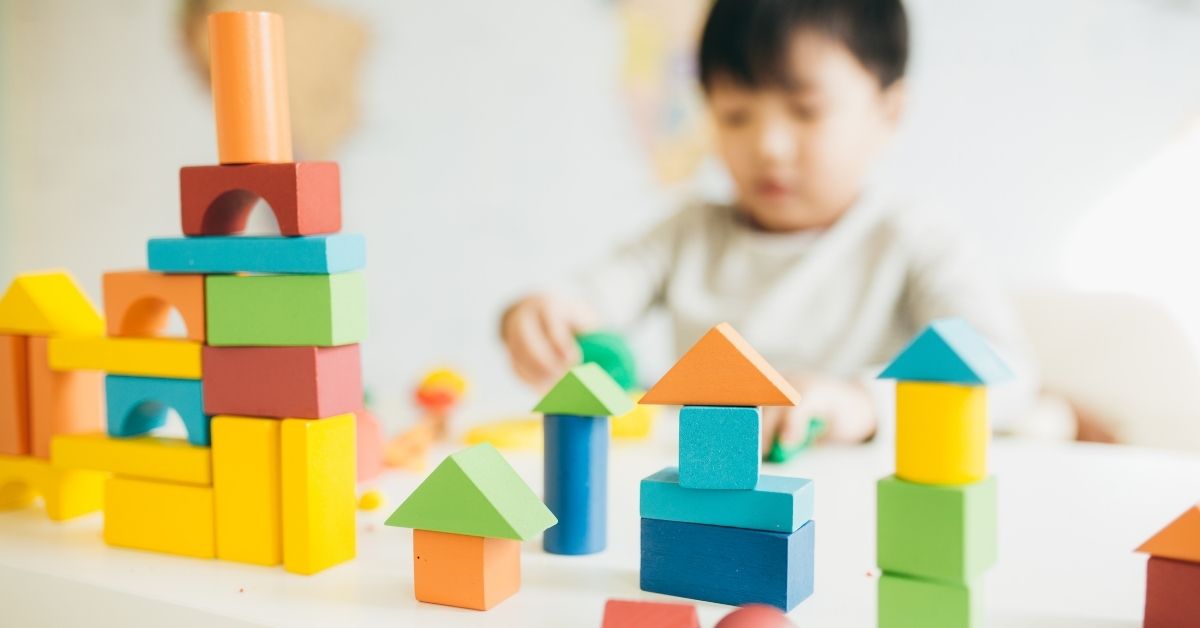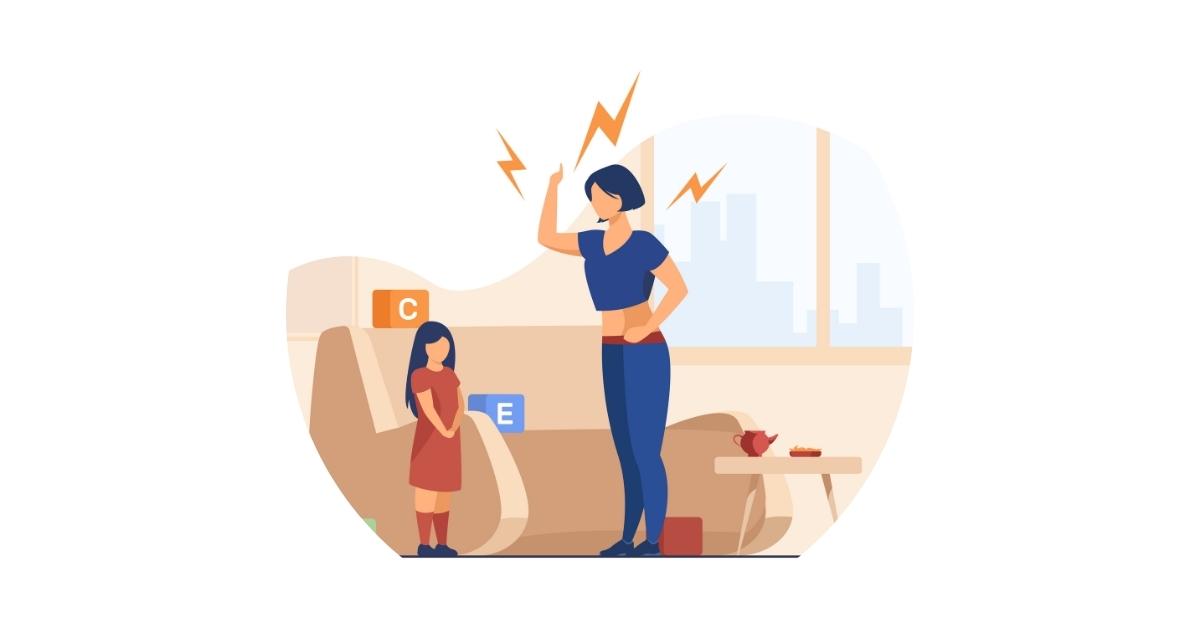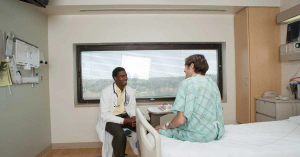As children grow, their dental development goes through various stages, some of which can cause concern for parents. One such condition is an eruption cyst. Though not harmful, it can appear alarming and may lead to discomfort in young children. This article delves into what eruption cysts are, their signs and symptoms, prevention strategies, and when to consult a dentist.
What is an Eruption Cyst?
An eruption cyst, also known as a dentigerous cyst, is a fluid-filled sac that forms over an erupting tooth, often in young children when their primary or permanent teeth are coming in. These cysts are most common in children around the ages of 6 months to 6 years, coinciding with the eruption of both baby teeth and adult teeth. Eruption cysts appear as soft, bluish or translucent swellings on the gums and are typically painless. They are a variation of the normal eruption process and usually resolve on their own once the tooth breaks through the gum.
Signs and Symptoms of Eruption Cysts
While eruption cysts are usually harmless, there are key signs to look out for:
• Bluish, reddish, or purple swelling on the gum, where a tooth is about to erupt.
• Soft to the touch: The cyst may feel like a soft bubble under the gum.
• No significant pain: In most cases, the child does not experience pain, though some mild discomfort or sensitivity may occur as the tooth emerges.
• Localized to erupting teeth: They often occur over the baby molars, upper front teeth, or first permanent molars.
• Spontaneous resolution: Once the tooth erupts through the gum, the cyst usually disappears without intervention.
Prevention of Eruption Cysts
Eruption cysts are largely unavoidable, as they occur naturally during the teething process. However, parents can adopt a few preventive measures to maintain good oral health and avoid any complications:
• Encourage gentle oral hygiene: Brushing the child’s teeth and gums with a soft toothbrush can help keep the mouth clean and reduce inflammation.
• Hydration: Ensure the child is well-hydrated, which supports healthy gum tissue and overall oral health.
• Avoid hard foods: During teething or if an eruption cyst is present, avoid giving hard or crunchy foods that might irritate the gums.
Note for Parents
Eruption cysts, while they may appear concerning, are generally benign and do not require treatment. They often resolve without intervention. However, if you notice that the cyst persists for an extended period, causes your child significant discomfort, or seems to be accompanied by other symptoms like fever or swelling of surrounding tissues, consult a pediatric dentist. The dentist may recommend draining the cyst in rare cases, but this is typically unnecessary. In most instances, patience is key, as the tooth will naturally emerge, and the cyst will disappear.
Conclusion
Eruption cysts are a normal part of dental development, often appearing during the eruption of primary or permanent teeth in children. They may look alarming due to their color and size, but they are typically painless and resolve on their own. By maintaining good oral hygiene and being patient during the teething process, parents can help their children manage any discomfort associated with eruption cysts. If concerns persist, a pediatric dentist can provide guidance and treatment if needed.








